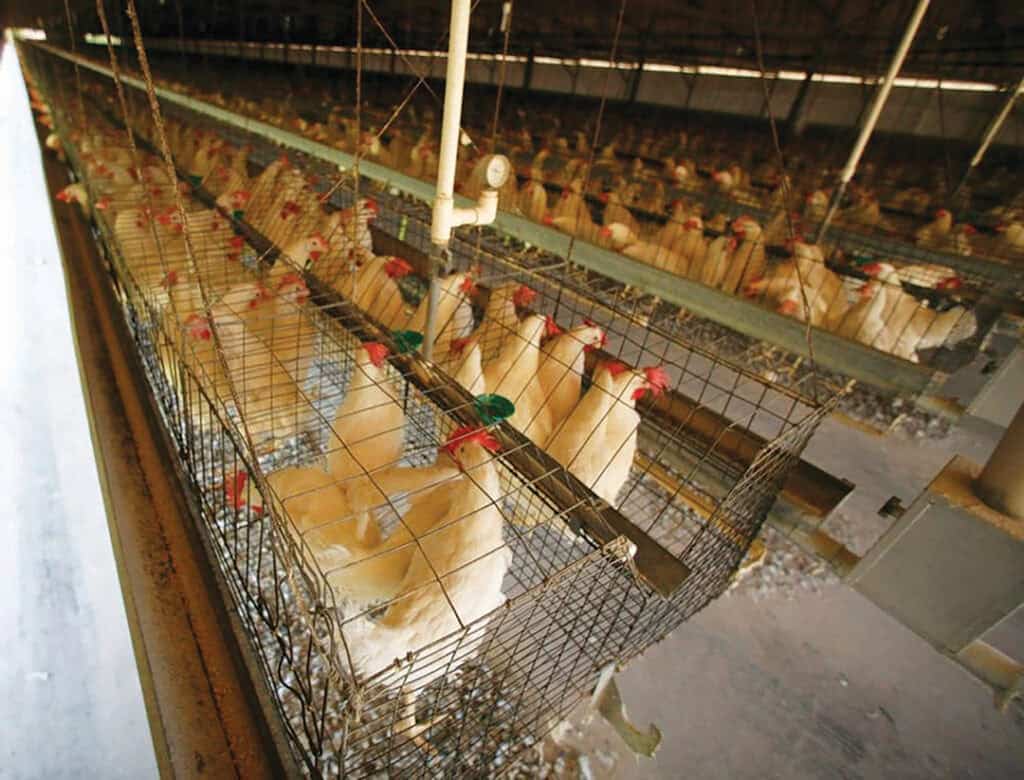By Marylou Bride
Bird flu, scientifically known as avian influenza, is a viral infection that primarily affects birds, especially domestic poultry like chickens, ducks and turkeys. While highly pathogenic avian influenza can lead to severe disease and high mortality rates among infected birds, certain strains, particularly the H5N1 and H7N9 subtypes, have raised significant public health concerns due to their ability to infect humans.
The World Health Organization has categorized avian influenza as an important zoonotic disease, meaning it can jump from animals to humans. Infections in humans are rare but can occur when individuals come into close contact with infected birds or contaminated environments.
One situation that isn’t talked about nearly as much as it should is factory farming. Almost 99% of farm animals in the U.S. are raised on factory farms — operations where animals are crowded together, often in unsanitary conditions. These settings are breeding grounds for all kinds of diseases. The density and threat of disease from these often unsanitary and stifling conditions is vast. When there are chickens or any animals crowded side by side in an often dark and dingy setting, there are numerous factors leading to disease. Feces scattered about attracts insects and it’s a breeding ground for disease. What about fresh air? Constant scratching and pecking among chickens creates anxiety, which leads to poor overall health, which leads to being susceptible to all sorts of diseases.
Backyard chickens are in peril as well.
Benjamin Anderson, an assistant professor in the Department of Environmental and Global Health at the University of Florida, talked about backyard flocks and their exposure to bird flu. Wild birds, particularly ducks and geese, are the main carriers that can introduce the flu into backyard flocks. A 2021 study on avian flu transmission pathways found that flocks near or in contact with waterfowl and migratory birds are at a higher risk of infection.
The Centers for Disease Control has issued guidelines for backyard chicken owners to follow, such as restricting outside human access to their chickens, keeping them in enclosed spaces and minimizing exposure to wild birds. It is important for people with backyard chickens to fully understand their responsibility to the group of chickens and to society.
Eliminating the circumstances behind the spread of bird flu is imperative to a healthy society overall and to control bird flu. Two obvious preventive measures: 1) Know where your poultry and eggs come from and avoid the factory farm industry. 2) Know how to responsibly raise backyard chickens.







